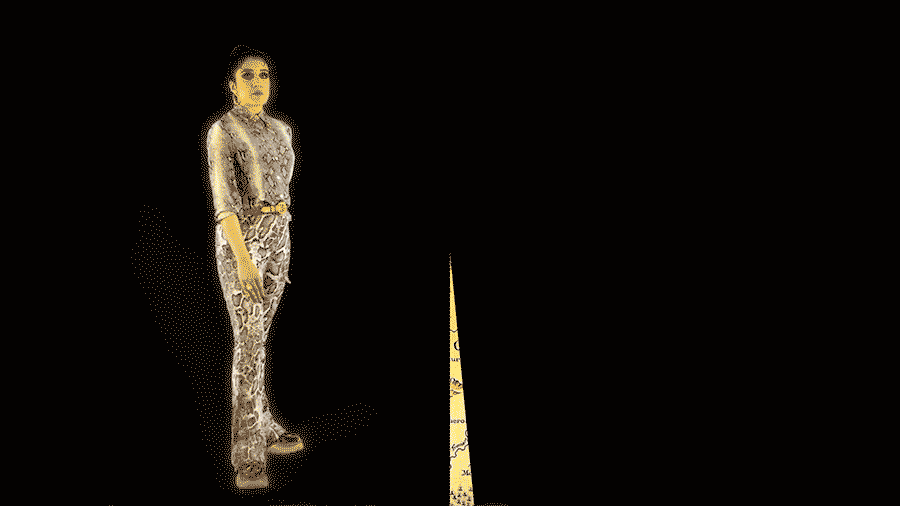An Epidemiological Walking Tour of Lisbon
by Isabel Amaral
The emergence of tropical medicine – in the context of an imperialised Europe, at the turn of the 20th century – closely followed the previous health policy, which prioritised the establishment of cordons sanitaires and quarantine spaces to control the spread of epidemics in port cities. An example of this is the first maritime lazaretto of Lisbon, built on the southern bank of the Tagus, in Porto Brandão, during the 16th century.
Within the epidemiological framework of the 19th century, other spaces were created to comply with the sanitary control of the Port of Lisbon, on the river’s northern bank: the Belém health station, in front of the Porto Brandão lazaretto, and the disinfection station at Rocha de Conde de Óbidos, in Alcântara.
In the 20th century, the evolution of tropical medicine into a modern science transformed these institutions from quarantine spaces into spaces for research and healing in the context of Portuguese imperialist policy. The result was the foundation of the Colonial Hospital and the School of Tropical Medicine of Lisbon, both in Alcântara. Created in 1902, they were placed in the west wing of the North-East Pavilion of the Cordoaria Nacional building.
This location, chosen due to economic and political constraints, was associated with the empire’s ideology in two ways: first, the Cordoaria had been used for the construction of canopies and ropes for the 15th-century ships that undertook the “discoveries”; subsequently, the building was repurposed to treat physicians, patients, and diseases that circled between the colonies and the capital of the empire. The Colonial Hospital was thus defined within a peculiar geographic, physical, and medical space – one that entailed the conversion of an emblematic building, the starting point for the conquest of the new world, “in a happy and simple adaptation that resulted in a hospital establishment, full of light, sun, and bathed by the air of the Tagus river, to which the four windows of the bottom are torn, which, together with the three on the side, form the general ward ...” (Diary, 12 March 1903). The aim of the new hospital was to achieve the desired clinical efficacy of a hospital specialised in tropical diseases, while at the same time delimiting the cognitive space of an emerging medical discipline, tropical medicine.
In 1919, part of the Count of Ega’s estate (a descendant of the Saldanha family) in Junqueira was acquired by the State for the new building of the new Colonial Hospital, which was inaugurated in 1925. Over time, the hospital came to serve not only the population of the neighbouring districts of Lisbon, but all the chronically ill patients who arrived from overseas.
The location of this school-hospital, near the riverside area of Belém in the vicinity of the Praça do Império, poses several questions that allow us to reflect on the place of medicine and tropical diseases in the city. The walk relates the choice of these sites, which had a strong symbolic value for the Portuguese history. It places special emphasis on the circulation of buildings, diseases, people, and of “expertise,” to reflect on the vulnerable beings of this history.
Further reading:
Isabel Amaral, “The Emergence of Tropical Medicine in Portugal: The School of Tropical Medicine and the Colonial Hospital of Lisbon (1902-1935)”, Dynamis (2008). Available here.
|
Isabel Amaral is associate professor in the Department of Applied Social Sciences of the School of Sciences and Technology, FCT NOVA, where she also coordinates the PhD programme in History, Philosophy and Heritage of Science and Technology. Amaral is a member of the international group STEP (Science and Technology in the European Peripheries), vice-coordinator of the Interuniversity Centre for the History and Philosophy of Science and Technology (CIUHCT), and co-curator of the Museum of the Institute of Hygiene and Tropical Medicine in Lisbon.
|
Vulnerable Beings builds on long-term research by Andrea Bagnato and Ivan L. Munuera which thinks about space and cohabitation through the lens of infectious diseases. In a two-part public assembly at maat – Tuning In (29–31/10/2021) and Sounding Out (26–28/11/2021), guests from different disciplines and backgrounds will come together for a dense sequence of lectures, dialogues, performances, screenings, and music. This is the first part of a multi-sited project curated by Andrea Bagnato and Ivan L. Munuera, which will continue with an exhibition opening in the summer 2022 at La Casa Encendida.
|
Cover image: First maritime lazaretto of Lisbon. Author and date unknown.
|
1. maat 2. Colonial Hospital (1902) 3. Institute of Hygiene and Tropical Medicine (1928) |
▪︎ Disinfection Station (demolished) ▪︎ Belem health station (demolished) ▪︎ 16th-century lazzaretto (ruins) |










